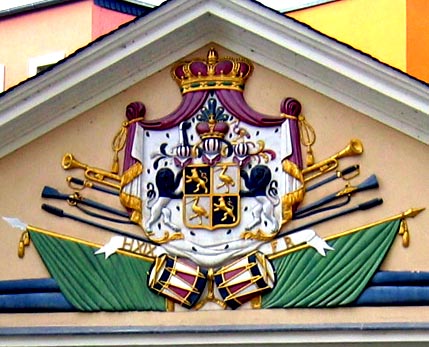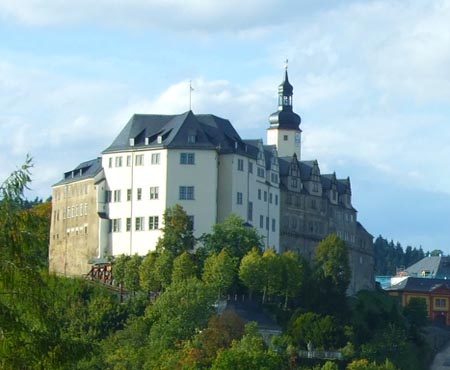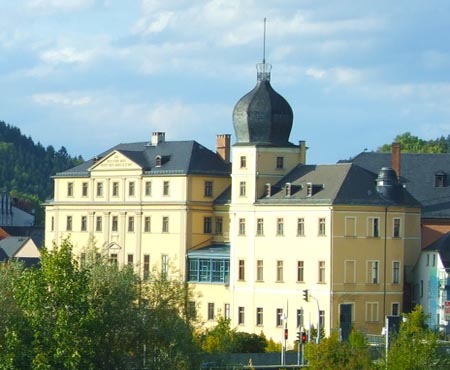Are you familiar with the Reuss Older Line principality?

Greiz was the capital and residential town of the Reuss Older Line principality until 1918. The Reuss Older Line was one of the smallest principalities in the German Empire between 1871 and 1918, but had a vote in the upper house of parliament. The Reuss Older Line principality (elevated to a princely status in 1778) consisted of three separate areas covering an area measuring 316 square kilometres during the 19th century. It was one of the most densely populated states in the German Empire at the time.
The Reuss Older Line principality was a typical German small state, but bear in mind that the roots of federalism, which now typifies the Federal Republic of Germany and Europe, originated in this plurality. There was a sovereign in each small state, who could act as a patron and many artists followed him. Many of the varied legacies of the cultural history of Thuringia would never have been conceivable without this small-state structure.
Two castles dominate the skyline in Greiz. Both of them are authentic examples of small-state residential architecture and indicate the independence of the states and royal places of residence in a very small territory:
- the Upper Castle in Greiz
- the Lower Castle in Greiz
The residential castles in Greiz are unique architectural testimonies to the division of the state. The division of lines of succession also divided the town of Greiz and the estates. As a result, Greiz not only had two residential castles, but also two parks and two royal stables, two mayors and two sets of gallows. They are now the Upper Castle, the Lower Castle and the museums located in them in the castle town and royal capital of Greiz, which are run by the town’s authorities.
Visitors have been able to enjoy permanent and special exhibitions in a truly royal atmosphere with unique architectural discoveries from the Romanesque to the Art Nouveau periods in the rooms at the Lower Castle and the Upper Castle (since 2010).
The castles in Greiz and the Summer Palace combine architectural features from the 12th to the 19th centuries and are perfected by the former royal landscape park. The unique feature of Greiz’s royal architecture is the architectural cohesion of the entire collection.


